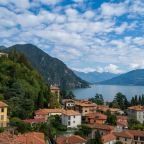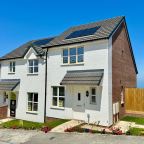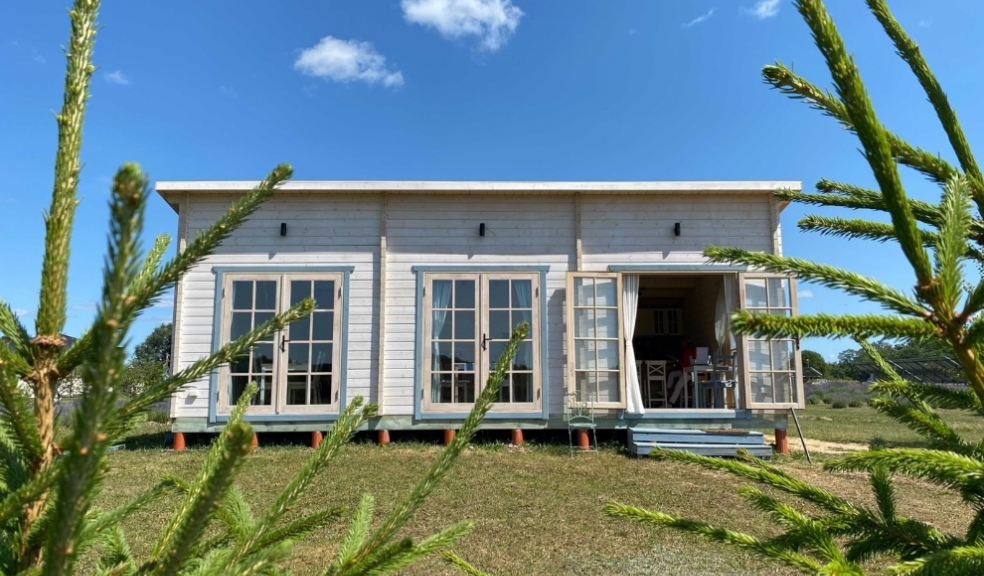
Residential log cabin facade decoration: 2 most popular types of facades
While residential log cabins have long been seen as a great choice for seasonal, they have also become less and less different from homes that can be lived year-round. Due to the unique appearance, durability and properties of wood, log cabins are today one of the most popular types of residential houses on the market. The decoration of the facade of various types of residential log cabins provides an opportunity to create a unique, modern style for such a house, in which wood becomes not a symbol of simplicity and low price, but a symbol of luxury and naturalness.
Residential log cabin facade decoration: different advantages of facades
The walls of each house are constantly exposed to various weather conditions, so when building a residential log cabin, no less attention than the future appearance of the house should be paid to the quality protection of its walls, which is usually determined by the chosen type of facade and its proper installation. Below, Maestro Cabins experts discuss two most popular types of facades to be considered for your future residential log cabin.
Ventilated facades
‘Due to the ever-increasing variety of finishing materials and exceptional advantages, ventilated facades are becoming an increasingly common choice in residential log cabin construction’ – state the experts at Maestro Cabins.
Ventilated facades differ from other types of facades in that during their construction, an air gap for ventilation is left between the thermal insulation of the residential log cabin, which is placed on the external wall of the building, and the external finish, which is hung on specially adapted profiles. Thanks to it, ventilated facades, compared to other types of facade constructions, have many significant advantages: from exceptional protection of the house walls to unsurpassed durability.
In this case, water and fire-resistant finishing panels are usually used for the exterior decoration of the house, which allows to ensure not only the highest level of protection of the house structures, but also the desired appearance of the residential log cabin.
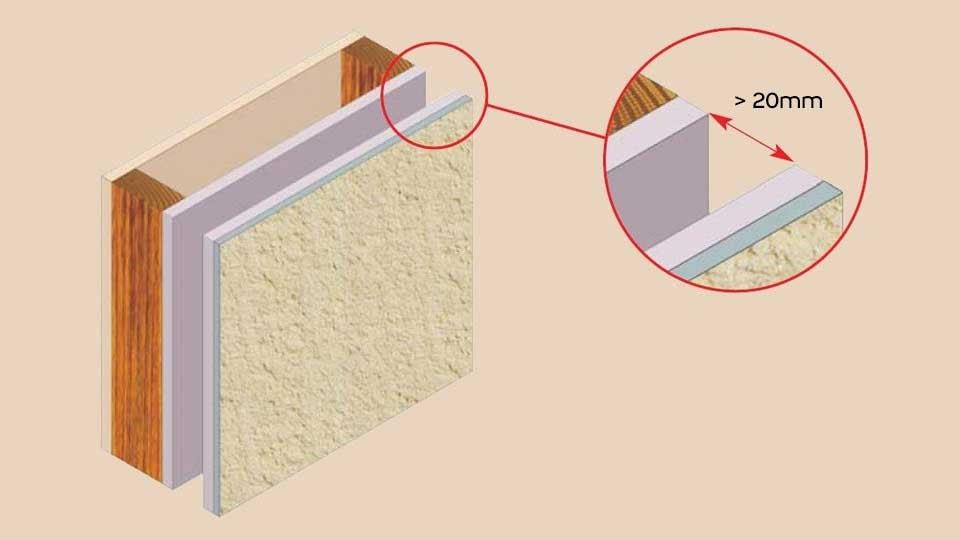
Furthermore, one of the biggest advantages of a ventilated facade that Maestro Cabins expert highlight, is protection against the problems caused by excess moisture. Water penetrating through the outer wall of the façade and reaching the structures of the house can cause particularly serious damage. In this case, ventilated facades provide comprehensive protection of the walls of the residential log cabin from moisture - when it penetrates through the facade finish, the water that enters the air gap drains down and thus leaves the wall of the building. The air gap left in the wall, on the same principle, helps to remove moisture from the cabin, thus creating a medium for various microorganisms and mold to breed, and ensures the highest level of protection for all house structures.
The second, no less important advantage is that ventilated facades do not leave cold bridges due to the air gap and allow to increase the thermal resistance, thus reducing the total heat consumption of the residential log cabin. Not only that, the air gap between the facade panels and the insulating layer of the house ensures natural ventilation of the facade, thus regulating the optimal amount of humidity in the premises. It is also important to mention that when choosing a ventilated facade, its finishing panels leave the walls of the house in the shade all the time, thus maintaining a comfortable indoor temperature during the hot season.
Last, but not least, ventilated facades are made of extremely flammable or non-combustible materials, so in the event of a fire, they can significantly reduce fire losses, which is especially important when we are talking about a house made of wooden structures.
Wet facades
The second, and also quite often chosen method of finishing the facade of a residential log cabin is a wet facade, which is characterized by the use of one main, heat-insulating material that protects the house from the negative effects of the environment. In this case, the facade of a residential log cabin is finished using the selected decorative plaster. Although houses with this type of facade do not have good air ventilation, due to the extremely high level of insulation properties, they allow to significantly reduce the heating costs of the house, and their price is one of the most affordable on the market.
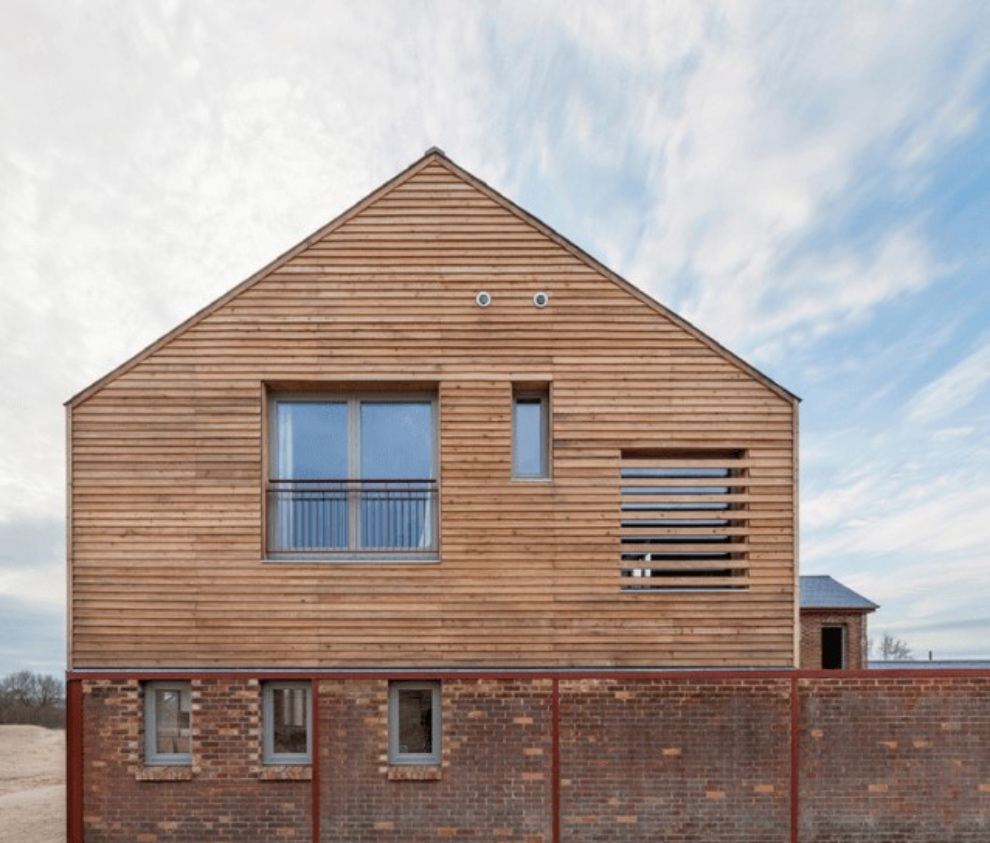
When talking about advantages of wet facades, Maestro Cabins experts stress the importance of their exceptional insulating properties.
In particular, this type of facade does not leave cold bridges due to the plaster and allows to increase the thermal resistance, thus reducing the total heat consumption of the building.
Furthermore, good wall insulation prevents the formation of condensation in the internal structures of the building. This process affects not only the durability and longevity of the walls, as the moisture accumulating in the walls usually creates excellent conditions for the development of mold and other microorganisms, which can cause more damage than it seems at first glance. Another important aspect is that this type of facade perfectly absorbs sound, so when applied to the residential log cabin, the latter will have excellent sound insulation.
Due to the fact that the plastered facade system is particularly impervious to heat and cold, with intense sunlight in summer and strong winds in winter, the plastered facade maintains an optimal temperature in the premises. With this type of thermal insulation, the walls of residential log cabin are also not prone to freezing, so the structure is not affected by significant temperature fluctuations.
The affordable price of wet facades is also considered as the important advantage.
To find out more about house facades and other useful information on construction and maintenance of residential log cabins, visit maestrocabins.co.uk








